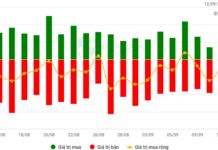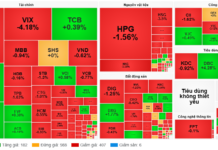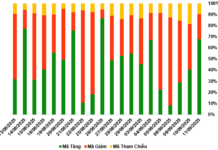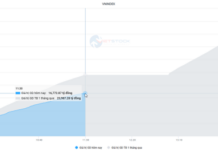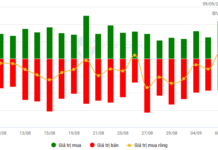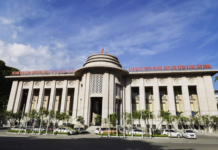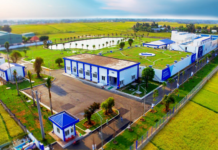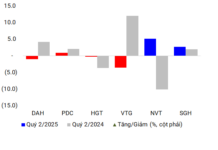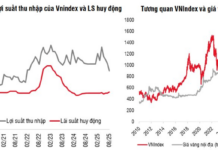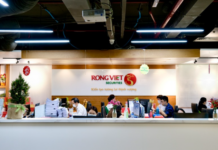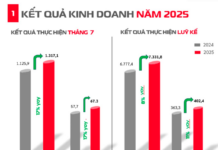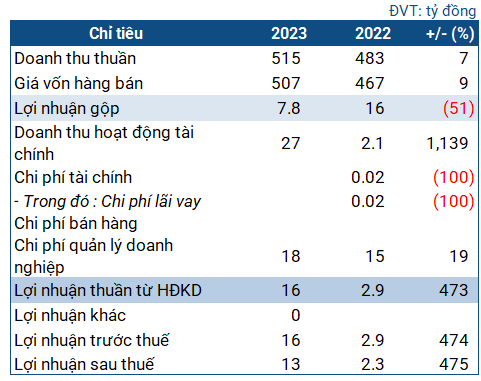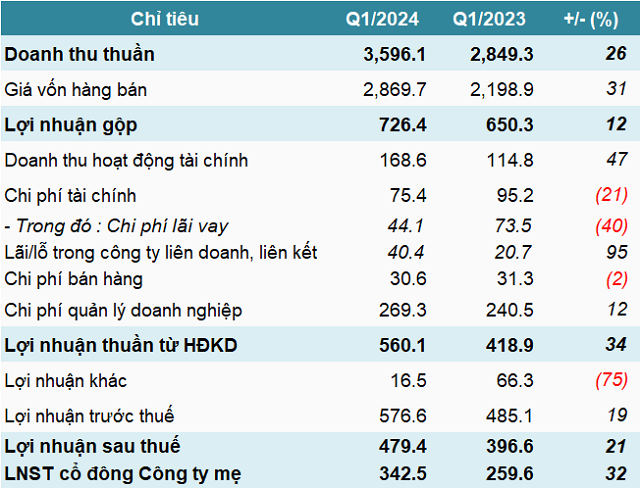|
Hanoi Metro’s Business Indicators for 2023
Source: VietstockFinance
|
Over the past year, Hanoi Metro recorded a 7% increase in revenue, reaching 515 billion VND. However, the cost of goods sold grew by 9% to 507 billion VND, resulting in a 51% decrease in gross profit, amounting to 7.8 billion VND.
A breakdown of the company’s operating expenses reveals a total expenditure of nearly 526 billion VND for the year. The largest expense was depreciation of fixed assets, amounting to approximately 226 billion VND, unchanged from the previous year. This was followed by a 24% increase in other monetary expenses, totaling 123 billion VND, and an 11% rise in labor costs, reaching 111 billion VND.
Despite the decline in gross profit, Hanoi Metro experienced a surge in financial revenue, generating an additional 27 billion VND compared to the previous year’s 2.1 billion VND. Ultimately, the company achieved a net profit of 13 billion VND, nearly six times higher than the previous year’s figure.
The significant increase in financial revenue for Hanoi Metro was attributed to interest income. As of the end of 2023, the company’s short-term assets stood at 808 billion VND, marking a 77% increase from the beginning of the year. Of this total, 85% comprised cash and cash equivalents (687 billion VND), a substantial rise from the initial amount of nearly 88 billion VND.
The majority of Hanoi Metro’s assets are long-term, valued at over 2,200 billion VND, representing a 14% decrease from the start of the year.
On the liabilities side, the company witnessed a substantial reduction in debt, with total liabilities decreasing to 347 billion VND (compared to over 3,000 billion VND at the beginning of the year). Hanoi Metro has effectively eliminated its debt obligations. The majority of the remaining liabilities are short-term, including 212 billion VND in funding from the State Budget allocated for the 2A railway line since its establishment until the acceptance of public assets for the Hanoi urban railway project – Cat Linh – Ha Dong line.
As a subsidiary of the Hanoi People’s Committee, Hanoi Metro is responsible for operating the Cat Linh – Ha Dong urban railway line (line 2A). In its 2024 business plan, the company announced its intention to establish two branches for the operation of line 2A (Cat Linh – Ha Dong) and line 3.1 (Nhon – Hanoi Station, elevated railway section). For line 2A, the company aims to implement KPI along with a management and evaluation system, while for line 3.1, seven groups of tasks are outlined, notably including pilot operations, trial runs, fare policies, and pricing mechanisms.
According to a decision made by the Hanoi People’s Committee in September 2023, regarding the handover of assets for the Hanoi urban railway project, Cat Linh – Ha Dong line (line 2A), the value of the assets to be transferred to Hanoi Metro was nearly 2,668 billion VND. This includes 1,717 billion VND for the purchase of trains, 815 billion VND for equipment (comprising 471 billion VND for train maintenance technology systems and 344 billion VND for AFC systems), and nearly 136 billion VND for training and technology transfer.
Hanoi Metro’s current paid-up capital stands at 2,672 billion VND, consisting of the aforementioned 2,668 billion VND in project assets and nearly 4.3 billion VND for the HTKT project, “Strengthening the capacity of the Hanoi Urban Railway Management Authority and establishing the Hanoi Urban Railway Operation and Maintenance Company.”
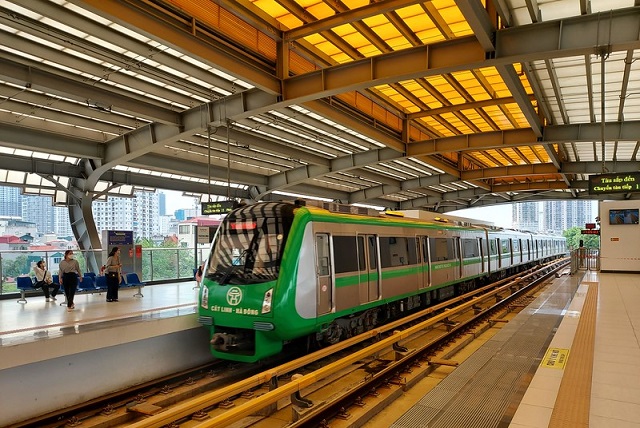
Train on the Cat Linh – Ha Dong urban railway line operated by Hanoi Metro
|
Looking ahead to 2024, Hanoi Metro has set targets to operate 81,577 train trips, translating to nearly 11 million passengers and covering nearly 1.1 million kilometers. The company forecasts a total revenue of over 529 billion VND and a net profit of more than 13.4 billion VND, reflecting slight increases compared to 2023.
For the ongoing 2024, Hanoi Metro has one ongoing project, namely the “Support for Management, Operation, and Exploitation of Cat Linh – Ha Dong Urban Railway Line 2A” project, with an investment of 136 billion VND, spanning from 2019 to 2024.

